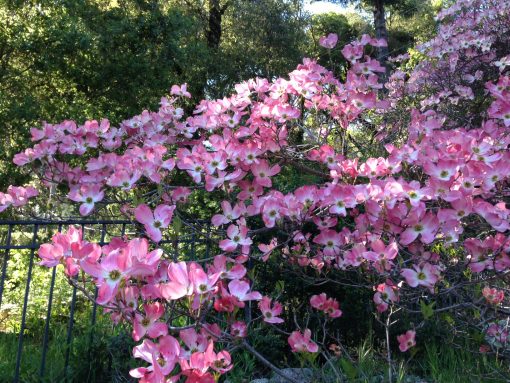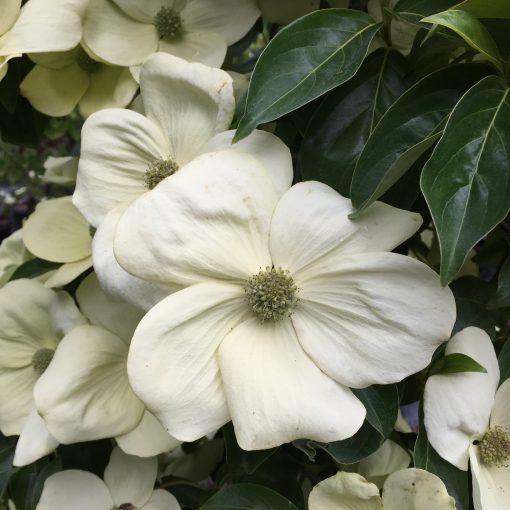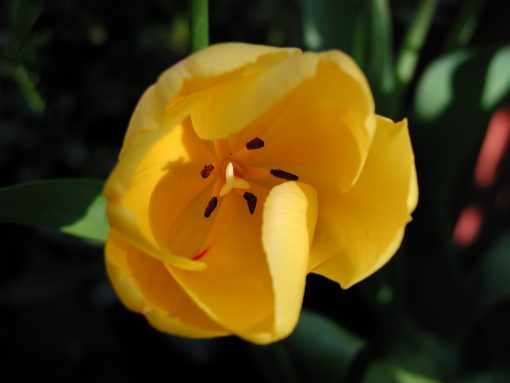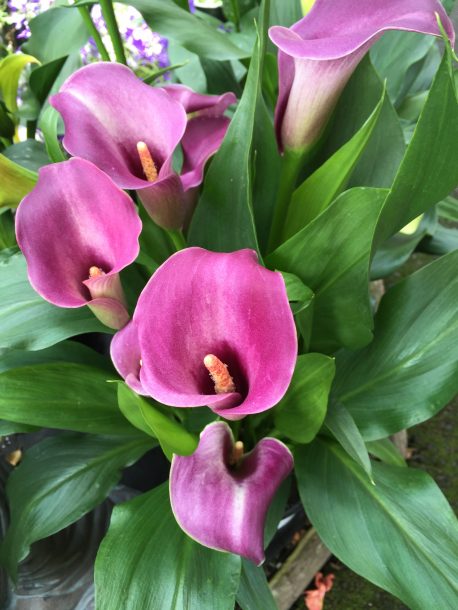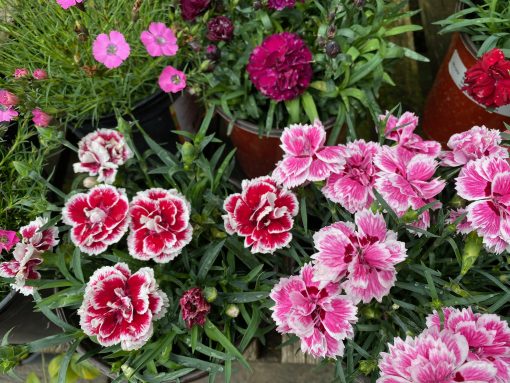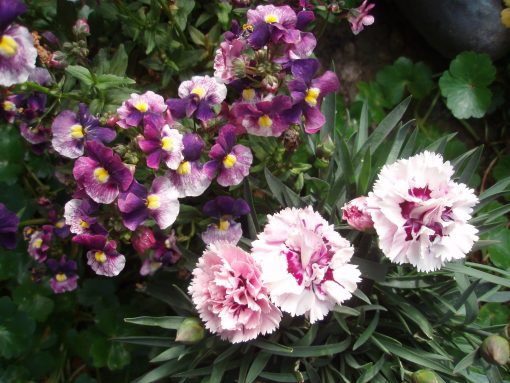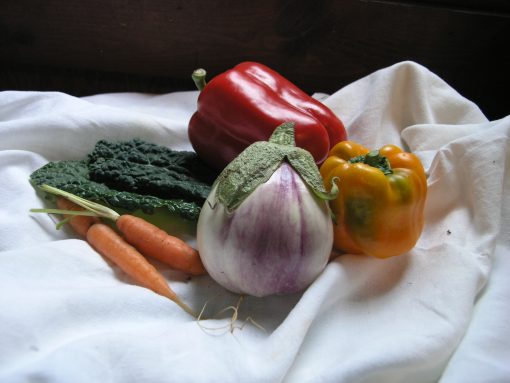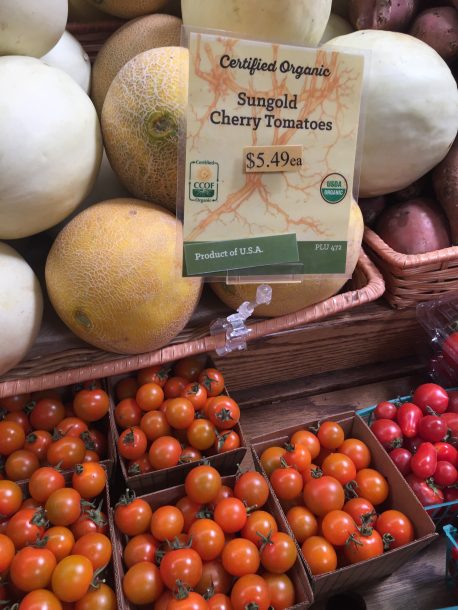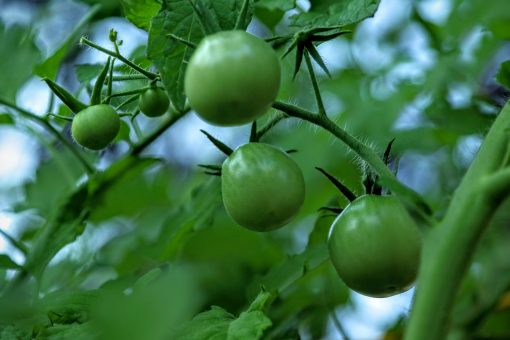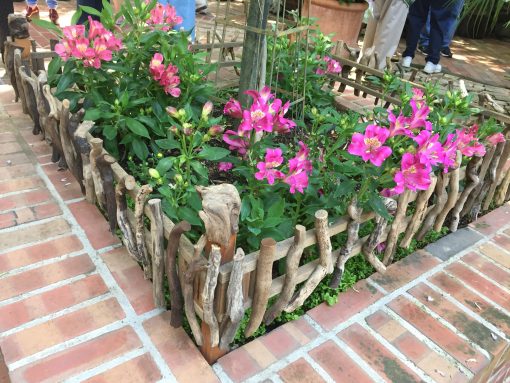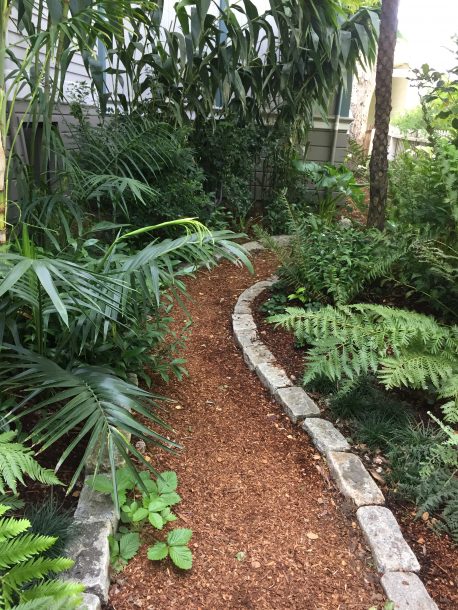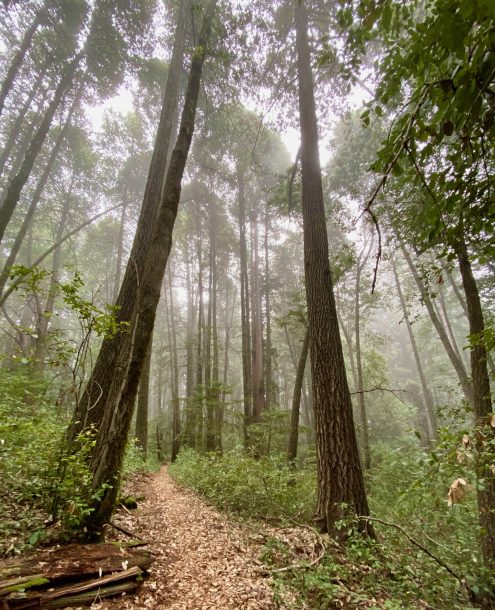
I started this Shelter in Place with the best of intentions. The first week I had a daily ?to-do? list which included such lofty aspirations as meditation, cooking something new and healthy from the pantry, stretching, drawing and painting, deep cleaning the house, transplanting those overgrown pots. ?I can do this.? I said to myself. After all, there are dozens of Zoom classes and You Tube videos in my inbox to explore and motivate me. Well, I can tell you now that after years of wanting to deep clean the house but lacking the time, I discovered this week that wasn?t the reason. We end up spending our time on what matters to us and actually I?ve gotten to most of the ?to do? list although it?s taken me since March 18th to accomplish. What I didn?t need motivation for was to walk quietly nearby in the forest.
You know the feeling you get when you are out walking slowly in the forest, stopping to admire a wildflower or mushroom that catches your eye? You know it?s good for the mind and body, but why? It turns out that there are more benefits to being out in nature than the calmness it brings.
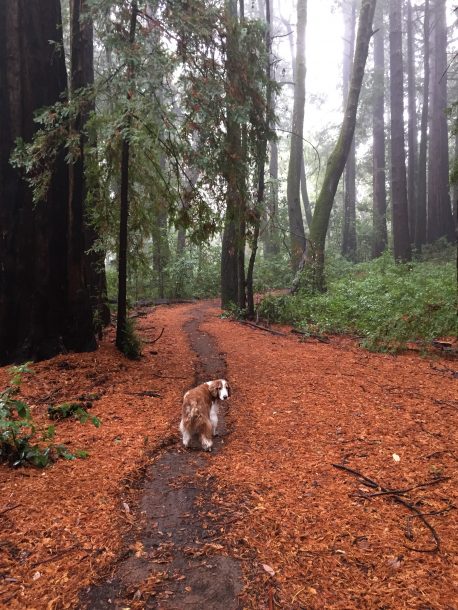
Having a dog gives me a reason to be out on the trail. Being out in my garden simply enjoying the birds and flowers also promotes health and studies have shown that spending time in natural environments lowers our stress levels and improves our memory.
Apparently what we take for granted living where we do is all the rage for city dwellers with high stress lives. The idea is simple. Spending time in a natural area and walking in a relaxed way is calming, rejuvenating and restorative.
In the past several decades there have been many scientific studies that demonstrate the mechanisms behind the healing effects of simply being in natural areas. Many of the benefits from the forest actually come from the air. Trees give off phytoncides, such as alpha-pinene and d-limonene, which are volatile organic compounds or aerosols. These compounds protect the trees and plants from insects and disease, but they also benefit us.
Forest bathing is what the Japanese call it. Shinrin-yoku is their term that means ?taking in the forest atmosphere.? Forest therapy has roots in many cultures throughout history. John Muir wrote that ?Wilderness is a necessity.? Scientists is Japan are measuring what?s actually happening to our cells and neurons.
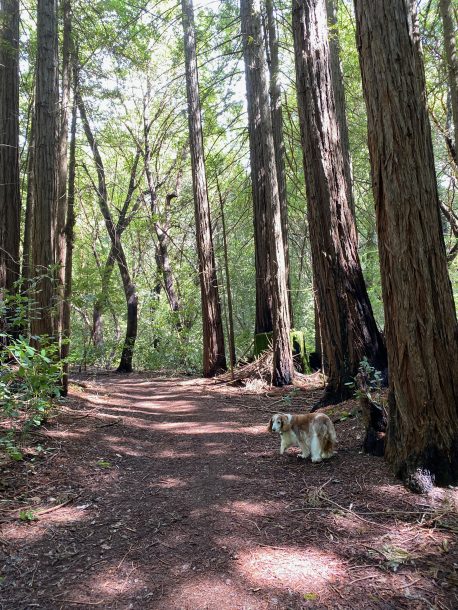
Trees give off organic compounds that support our immune systems and help our system fight cancer. Other scientifically proven benefits of forest bathing include reducing blood pressure, accelerating recovery from surgery or illness, improving sleep and our mood and reducing stress. Forest bathing lowers our heart rate and lowers levels of the stress hormone cortisol. Soaking in the forest air increases our NK or natural killer cells by about 50 percent.
All I know is that when Sherman and I are out in the garden or strolling in the forest we feel good. We stop to watch the progress of a banana slug. We listen for new bird calls. And as a garden designer I strive to create a space for clients that brings that feeling to them whenever they are outside.
Part of of that good feeling we get being outside has to do with the color green. Green is the color of spring, of growth, renewal and rebirth. It renews and restores depleted energy. It?s a positive color and increases our feelings of relaxation and calmness. Often I get a request for including the color green in a client?s plant palette. We tend to overlook it?s value.
If you don?t have a forest of your own bring that forest feeling to your own garden. Stroll in a relaxed way without thinking about weeds or pruning or other items on your to-do list.


